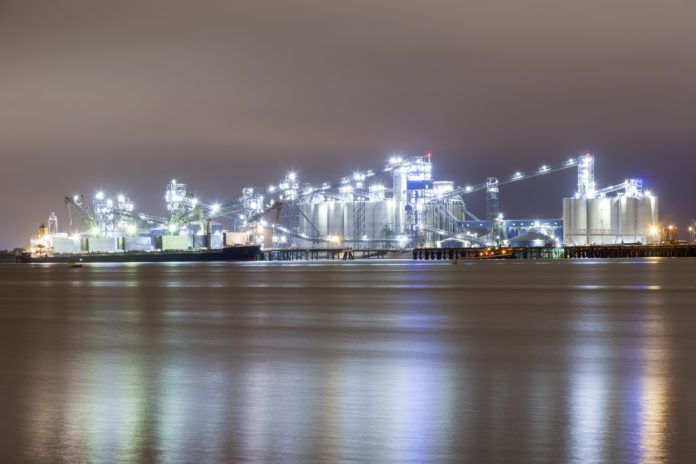A host of factors conspired to create a perfect storm for Louisiana’s industrial space over the past two years, ranging from pandemic-induced supply chain disruptions to an increasingly hostile regulatory environment. As a result, many industry leaders are hesitant to predict, with any certainty, what 2022 might have in store.
Further muddying the water is the fact that some traditionally reliable economic principals have been rendered irrelevant. Oil producers, for example, are choosing not to increase production even as oil prices rise. That has created an unprecedented market dynamic.
“We’re down about 2 million barrels a day in crude oil production with prices hovering at about $70 to $80 a barrel,” says David Dismukes, executive director of LSU’s Center for Energy Studies. “In the past, that would have enticed companies to ramp up production, but until they’re able to deleverage their balance sheets in a manner that’s acceptable to investors, their hands are going to be tied.
“The big challenge of 2022, therefore, is going to be for the oil industry to dig itself out of the financial hole it put itself into back in 2014. They took out a lot of debt and they still have a lot of debt.”
Expanding federal regulations and an increasingly negative public opinion of fossil fuels will likely exacerbate the problem and further dampen the enthusiasm for capital expenditures.
On the flip side, though, things are more promising for natural gas in the coming year, as an unprecedented price differential between the U.S. and Europe has revitalized a lagging LNG export market. The chemical industry will see similar benefits, as it depends heavily upon natural gas for feedstock.
Read the full story from the latest edition of Business Report.



